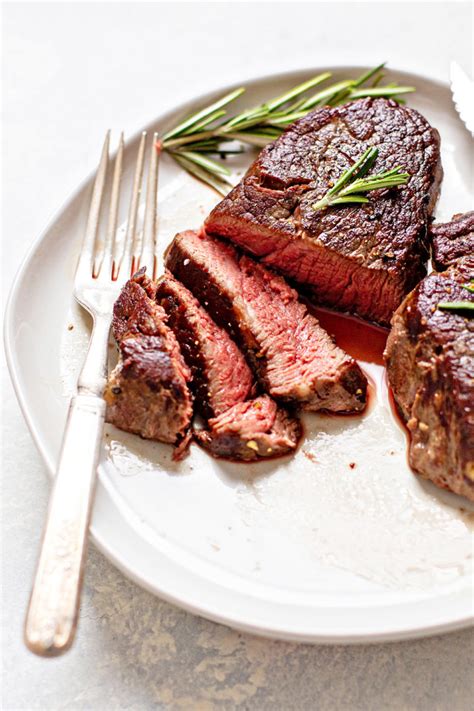Sous Vide Meat: The Perfect Campfire Companion
Forget tough, overcooked campfire meats! Sous vide cooking, traditionally associated with high-end kitchens, is surprisingly adaptable to the great outdoors, delivering perfectly cooked, juicy meals every time, even over an open fire. This technique, which involves sealing food in a bag and cooking it in precisely controlled temperature water, offers unparalleled consistency and allows you to focus on enjoying the campfire experience without worrying about constantly monitoring your cooking.
What is Sous Vide Cooking?
Sous vide (pronounced "soo-veed") is a French term meaning "under vacuum." The process involves vacuum-sealing food in a bag, then immersing it in a precisely temperature-controlled water bath for an extended period. This slow, even cooking method ensures the meat reaches the perfect internal temperature throughout, resulting in incredibly tender and juicy results. While typically done with immersion circulators, we'll explore how to achieve similar results using readily available campfire gear.
How to Sous Vide Meat Over a Campfire
While a precise temperature-controlled water bath is ideal, achieving delicious sous vide results over a campfire is achievable with a little ingenuity and careful planning. Here's a breakdown of the process:
1. Preparation is Key:
- Choose your cut: Tougher cuts of meat, like chuck roast, brisket, or pork shoulder, benefit most from the tenderizing effects of sous vide.
- Season generously: Season your meat well before sealing. This allows the flavors to penetrate deeply during the long cooking time.
- Vacuum sealing (or close alternative): Ideally, use a vacuum sealer. However, a zip-top bag and the water displacement method work well: Place the meat and seasonings in the bag, seal it almost completely, submerge it in water, squeezing out air as you go, and then seal the bag completely.
2. Creating Your Campfire Water Bath:
- Insulated container: A large, insulated cooler works best. Its insulation helps maintain a stable water temperature for a longer period.
- Heat source: Use your campfire to heat water in a separate pot. Carefully add the heated water to your cooler, aiming for a temperature consistent with your desired doneness (see temperature guide below).
- Temperature monitoring: Use a reliable meat thermometer to monitor the water temperature. Adjust the amount of hot water added to maintain the target temperature. You might need to add more hot water periodically.
3. Cooking Time:
The cooking time depends on the type of meat and your desired level of doneness. A general guideline is to cook for at least 2-3 hours, but longer cooking times often result in more tender meat. Refer to detailed sous vide temperature charts available online for specific times based on the type of meat and your preferred level of doneness.
4. Finishing the Cook:
- Sear (optional): After sous vide cooking, you can sear the meat over the campfire for a delicious crust. This adds that smoky campfire flavor many associate with grilling.
- Rest: Allow the meat to rest for at least 15 minutes before slicing and serving. This allows the juices to redistribute, resulting in a more tender and flavorful final product.
What are the benefits of using Sous Vide for Campfire Cooking?
- Consistent results: Say goodbye to overcooked or undercooked meat! Sous vide ensures even cooking throughout.
- Tender and juicy meat: The slow, gentle cooking process creates incredibly tender and juicy results.
- Hands-off cooking: Once the water bath is established, you can focus on other campfire activities.
- Great for tougher cuts: Sous vide transforms tough cuts into melt-in-your-mouth delicacies.
- Improved flavor: Slow cooking allows flavors to penetrate deeply.
What temperature should I use for sous vide meat?
The ideal temperature for sous vide cooking varies depending on the type of meat and desired level of doneness:
- Rare: 129°F (54°C)
- Medium-rare: 135°F (57°C)
- Medium: 140°F (60°C)
- Medium-well: 145°F (63°C)
- Well-done: 150°F (66°C) (Note: well-done is generally not recommended for sous vide as it can make the meat dry.)
Always use a reliable meat thermometer to ensure accurate temperature.
Can I use a different container instead of a cooler?
While a cooler is ideal due to its insulation, you can use other large, insulated containers to create your water bath. A sturdy bucket with good insulation could also work but maintaining a stable temperature will be more challenging.
Is it safe to sous vide meat over a campfire?
Yes, as long as you maintain proper food safety practices. Ensure your water temperature consistently remains at the target temperature to prevent bacterial growth. Also, always thoroughly wash your hands and equipment before and after handling raw meat.
Sous vide cooking enhances your campfire culinary experience, offering a level of control and consistency previously unimaginable over an open fire. So, ditch the guesswork and embrace perfectly cooked campfire meals with the sous vide method!

